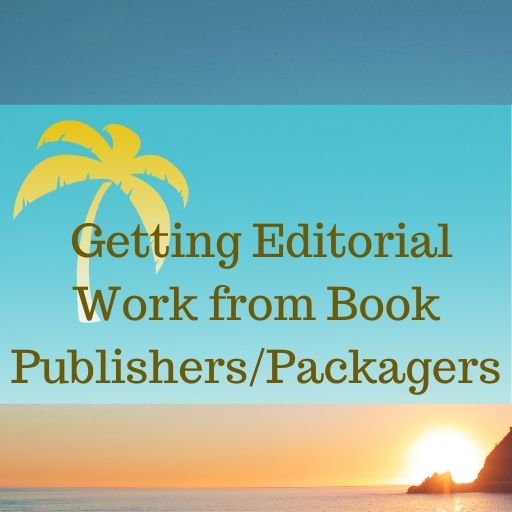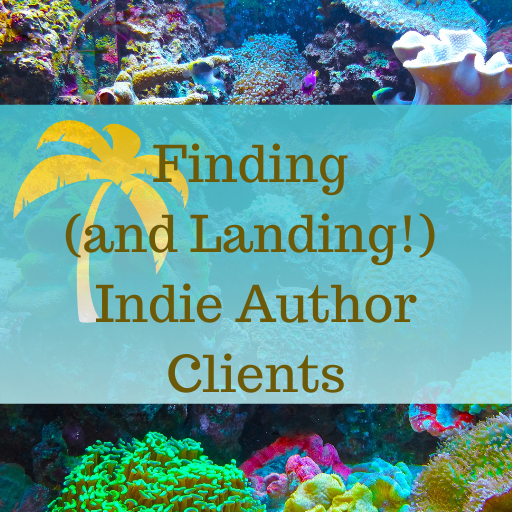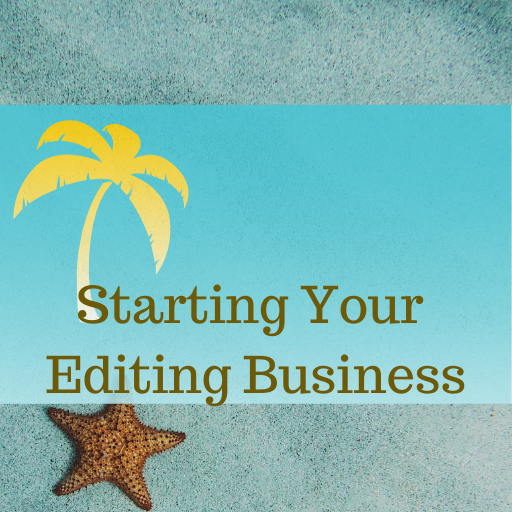Letter of Introduction for Book Editors: Making a Connection
A top tip is to use a letter of introduction for book editors to make a connection with potential clients.
Making a Connection with a Letter of Introduction for Book Editors
I’m a big fan of reaching out to potential clients directly to let them know you exist. The letter of introduction (LOI) is a time-tested way to market, and as a freelance editor, I’ve used it successfully to sell my services to book publishers and packagers. I don’t use LOIs to target indie authors as this seems like it would be a lot more work than it’s worth.
But to solicit freelance work from a company that might be worth tens of thousands of dollars to me over the course of a client relationship? Yes, that’s a worthwhile investment of my time and energy.
An LOI should create a point of connection between you and the potential client, something that says you are specifically targeting this client for a reason. Ideally these points of connection are customized to the particular person you’re reaching out to:
- “I just finished reading TITLE, which I know you edited. I loved that book! And I would love to be part of making books like that.”
- “I saw your call on LinkedIn for a freelance proofreader and wanted to introduce myself.”
- “I saw your blog post about Stephen King’s new novel and I have to say I’m a huge fan of his, too. As a freelance developmental editor specializing in horror . . . .”
None of this is rocket science and it doesn’t have to take that long. It’s not hard to say something specific and positive.
But if you don’t have time to track down a point of connection or can’t quickly find one, then it’s okay to just state your business:
- “I’m writing because I’m a freelance developmental editor who . . . .”
But DO NOT do what a recent marketer did to me:
- “Hi Jennifer! I’m reaching out because I noticed we both follow the same personal finance advisors on LinkedIn.”
No, you didn’t. I don’t follow financial advisors on LinkedIn. I follow (and connect with) book people. So what you’re doing is lying to me.
That is not a good look.
If you can’t take a few minutes to customize your LOI, then don’t try to customize it. And for all that’s good in the world, don’t try to start a business relationship with a lie.
Tips for Editors & Writers
Helping Authors Strengthen Story Settings
The setting of a novel consists of multiple elements, big and small, that nest inside each other like those little Russian dolls. We might show this hierarchy of settings like so: If you think about it, the micro setting of “the living room of 601 San Mateo Road Apartment 16” implies the existence of all…
Setting problems: lack of concrete locations
Writers often use setting like a painted backdrop to their stories, rather than as an integral element of their storytelling. As DEs, we can help them make the setting come to life. If we think of Wuthering Heights, we think of the Yorkshire moors. When we think of Moby Dick, it’s a whaler on the…
Join the Club!
New to story editing? Begin at the beginning.






